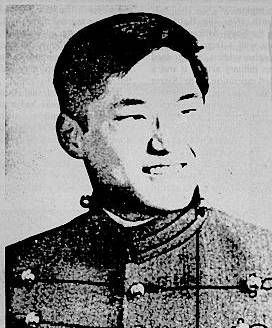
The FBI's Standard Rules of Engagement:
Agents are not to use deadly force against any person except as necessary in self-defense or the defense of another when they have reason to believe they or another are in danger of death or grievous bodily hard. Whenever feasible, verbal warning should be given before deadly force is applied.
The FBI's Revised Rules of Engagement, Assumed in Force at Ruby Ridge:
1. If any adult male is observed with a weapon prior to the announcement, deadly force can and should be employed, if the shot can be taken without endangering any children.
2. If any adult in the compound is observed with a weapon after the surrender announcement is made, and is not attempting to surrender, deadly force can and should be employed to neutralize the individual.
3. If compromised by any animal, particularly the dogs, that animal should be eliminated.
4. Any subjects other than Randall Weaver, Vicki Weaver, Kevin Harris, presenting threats of death or grievous bodily harm, the FBI rules of deadly force are in effect. Deadly force can be utilized to prevent the death or grievous bodily injury to oneself or that of another.
Notes on the Revision Process and Its Legality
2. The FBI's legal advisor, asked about the legality of proposed revision, said that it would depend upon a showing that the revision was necessary to bring the situation under control and protect innocent people from serious injuries. He also stated that any final decision to revise the rule was have to depend upon an appraisal of the situation by FBI officials in Idaho. Moreover, he said, no shooting could occur until after a demand had been made for Weaver's surrender.
3. On board an FBI jet to Idaho on the night of August 21, Richard Rogers, head of the FBI's Hostage Rescue Team, drafted revised rules that allowed the shooting of "any adult seen with a weapon." Such an individual "could be the subject of deadly force." Called on the phone in Washington, Potts gave preliminary approval to the revision, but said that they would have to be submitted in writing before final approval.
4. On August 22, in the Bonner's Ferrry Armory, Richard Rogers briefed Hostage Rescue Team members about the operation. He told the HRT that if the adults in the Weaver cabin failed to respond to a surrender command and are seen carrying a weapon, "deadly force can be used to neutralize them."
5. In preparing to send snipers into the hills around the Weaver cabin, Richard Rogers made a final change in the proposed revised rules of engagement: "deadly force can be employed" was changed to "deadly force can and should be employed." The operational plan, including the revised rules of engagement, was faxed to Washington on the afternoon of August 22 for final approval. Danny Coulson in Washington objected to the operations plan with respect to its discussion of negotiations. Revisions of that aspect of the plan were made and then Coulson approved the overall plan. Later, no one at the FBI headquarters would admit actually reviewing the final revised rules of engagement, even though it was part of the operational plan that had been faxed.
6. A Department of Justice Task Force in 1994 reached the following conclusion about the Revised Rules of Engagement at Ruby Ridge:
